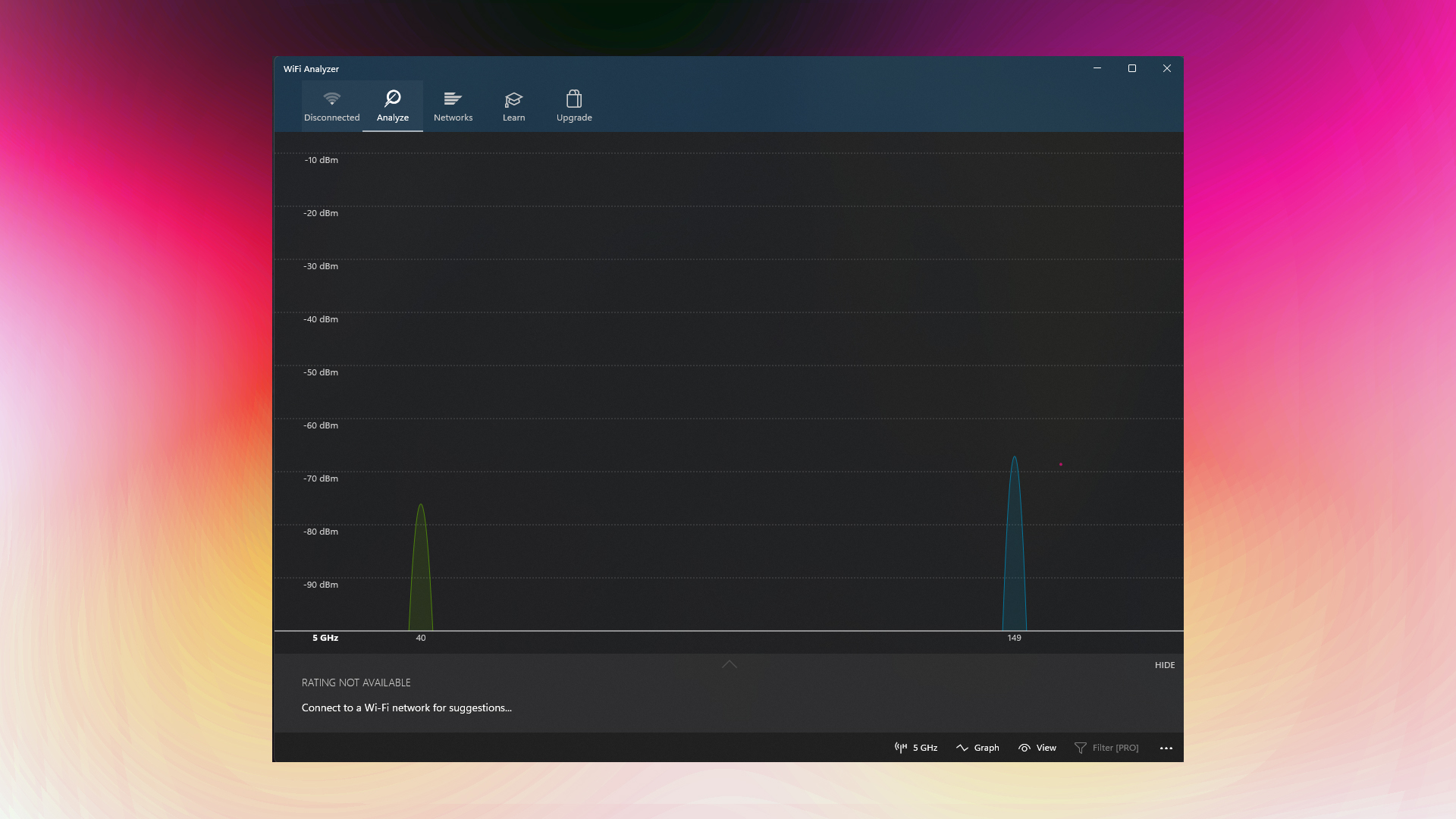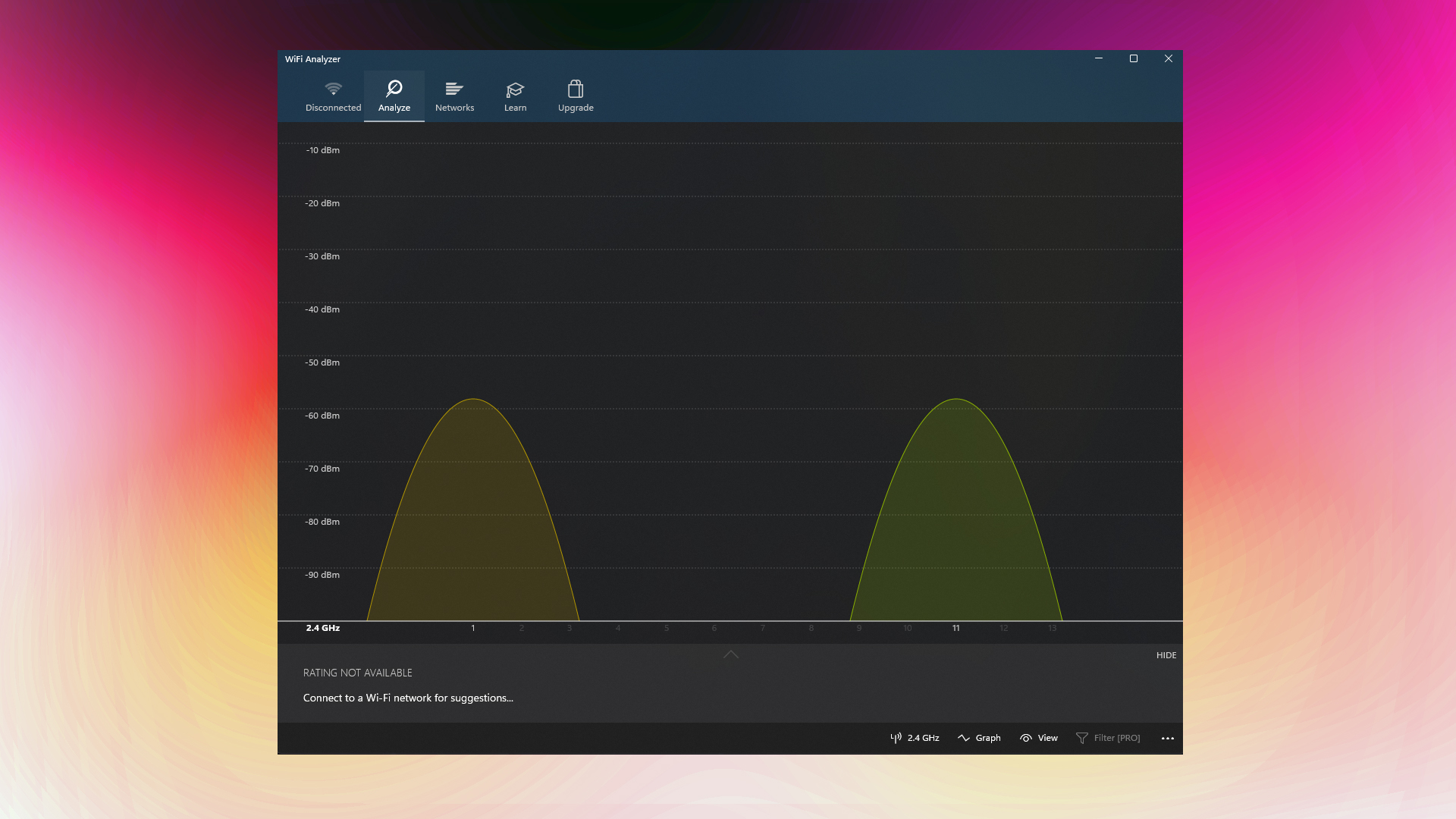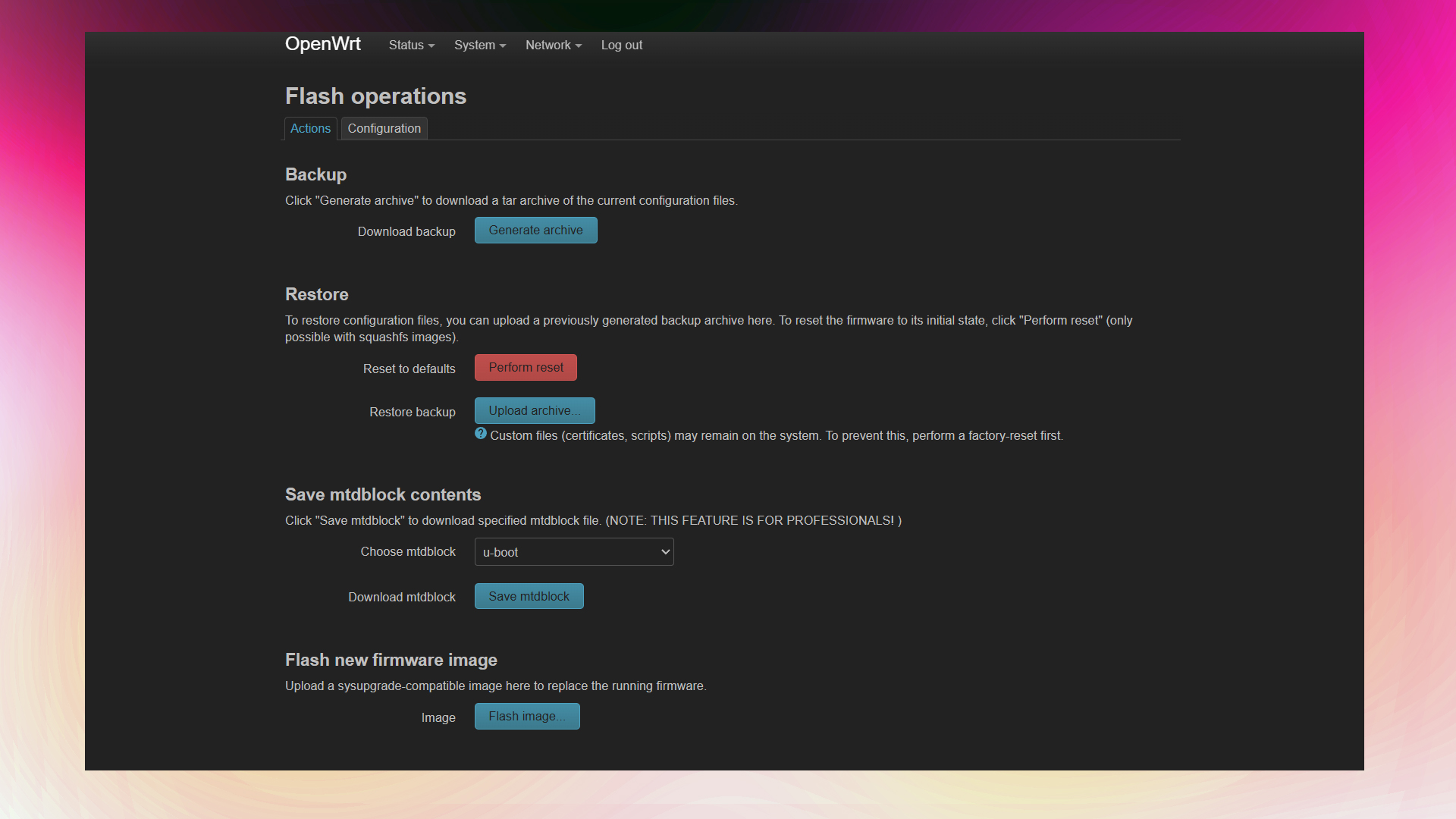Even high-quality WiFi routers gradually decline in performance, often manifesting as weakened signals that cause intermittent drops, data packet issues, latency fluctuations, and overheating. These symptoms lead to visibly slower connections. Implementing these five practical solutions can help address common wireless networking challenges.
1. Strategic Router Positioning for Enhanced Signal Distribution

Optimal router placement significantly impacts network performance. Centralized positioning within living spaces, elevation above floor level, and minimizing physical obstructions are crucial. Consider these guidelines:
- Avoid metallic surfaces and dense construction materials that interfere with radio waves
- Maintain distance from competing electronics and household appliances
- Position external antennas vertically for maximum dispersion
- Elevate devices on shelves or wall mounts for better signal projection
- Implement thermal management solutions to prevent component degradation
3. Optimize WiFi Channels




Network congestion significantly impacts older WiFi standards. Modern protocols like WiFi 6/6E handle this better, but legacy systems benefit from channel optimization:
- Conduct spectral analysis using network scanning tools
- For 2.4GHz networks: Prioritize non-overlapping channels 1/6/11
- For 5GHz networks: Utilize higher channels (149-161) for reduced interference
- Strategically select underutilized frequencies in densely populated areas
2. Maintain Current Firmware Versions




Manufacturers periodically release firmware updates addressing security vulnerabilities and performance optimizations. Follow this update protocol:
- Access administrative console through designated IP address
- Verify current firmware version against manufacturer’s latest release
- Consider community feedback before applying major updates
- Complete post-update hardware reset when necessary
4. DIY Signal Enhancement Techniques
Simple household materials can improve signal directionality. Construct a parabolic reflector using aluminum foil:
- Create curved metallic surfaces around router antennas
- Test directional adjustments using signal strength monitors
- Focus RF energy towards high-usage areas
- Combine with other optimization methods for cumulative effects
5. Network Expansion Solutions
When basic optimizations prove insufficient, consider these scalability options:
Range Extenders:
- Budget-friendly secondary signal broadcasters
- Simpler implementation with basic configuration
- Potential throughput limitations depending on placement
Mesh Systems:
- Unified network topology with intelligent traffic routing
- Self-healing node architecture for consistent coverage
- Premium solution for large multi-story environments
Final Recommendations
Prioritize cost-free optimization methods first. If persistent issues remain, evaluate extender solutions before investing in comprehensive mesh systems. Regular maintenance and strategic upgrades ensure long-term network reliability.

